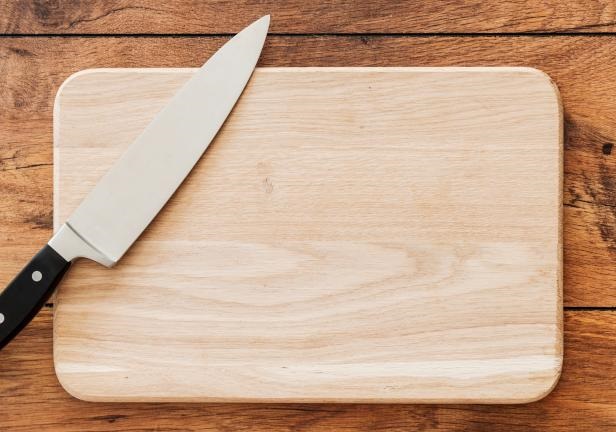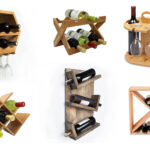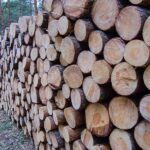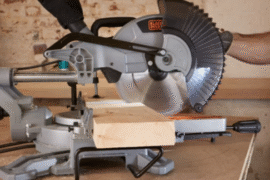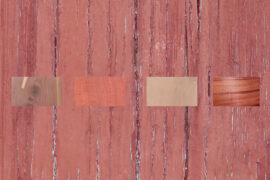Many questions do not have a definite answer in woodworking, and each carpenter may give a different answer based on his experience. One of the most frequently asked questions is what is the best wood to make a cutting board? We asked this question from nearly 100 professional carpenters. Here, we made a usage graph of their choices based on their answers. We have also provided their answers with more details in the continuation of this article.
There were some interesting points in these answers. Let’s check them out!
What is the Best Wood to Make a Cutting Board?
What is the Best Wood to Make a Cutting Board? We asked this question from nearly 100 woodworkers who were involved in making the cutting boards. The results were as follows:
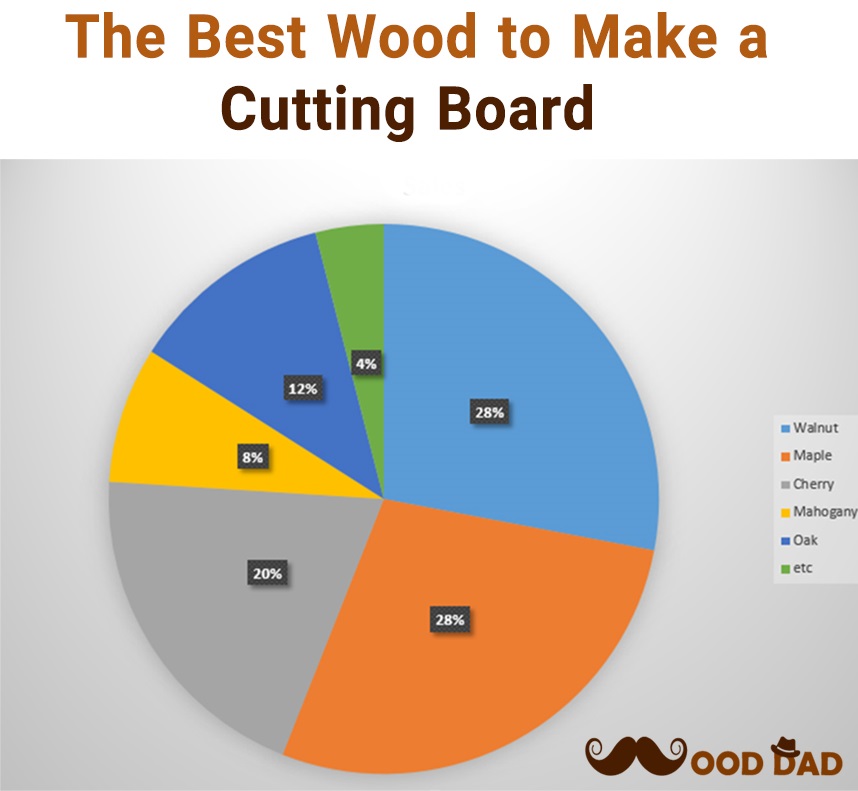
Some Descriptive Answers
- I’d recommend not porous and non-toxic, hardwood such as walnut and maple.
- Any hardwood really. Maple, walnut, ash, Cherry, Mahogany are my go-to.
- I would say brown oak (red oak), wenge, maple are hardwood and good.
- Any non-porous hardwood. I typically use hard maple, cherry, black walnut, mahogany, etc. White oaks are OK but red oaks are not. The more porous the wood the more susceptible it is to suck up moisture and liquids causing the board to warp or crack. A good board oil and wax helps with regular maintenance of the board if it’s used frequently.
- A lot of people like walnut end grain!
- You can use all kinds of hardwood, whatever you like best.
- The most popular wood for cutting boards is walnut wood.
- I personally like to use maple and cherry quotes often! They both succeed in cost and quality of wood. If you wanted to get into Exotic woods there’s plenty that works well and are very hard but the price goes up! I really like how Jatoba finishes.
- The best wood is that of semi-hard or hard characteristics that do not give off the resin.
- I typically use hard maple, black walnut, or cherry. They fall well in the Janka scale range I’m looking for and are food safe.
- Woods like walnut maple cherry padauk ash are the best. Don’t use softwoods like pine and poplar and fir.
Woods NOT to use for Making Cutting Boards
According to the opinions of different people mentioned above, it can be said that woods which have a lot of porosity, softwoods, and toxic woods are not suitable for making cutting boards.
The use of softwoods and porous wood can damage the cutting board very quickly and also food particles can cause wood rot. Also, toxic wood should not be used to make cutting boards as it can cause food poisoning.

